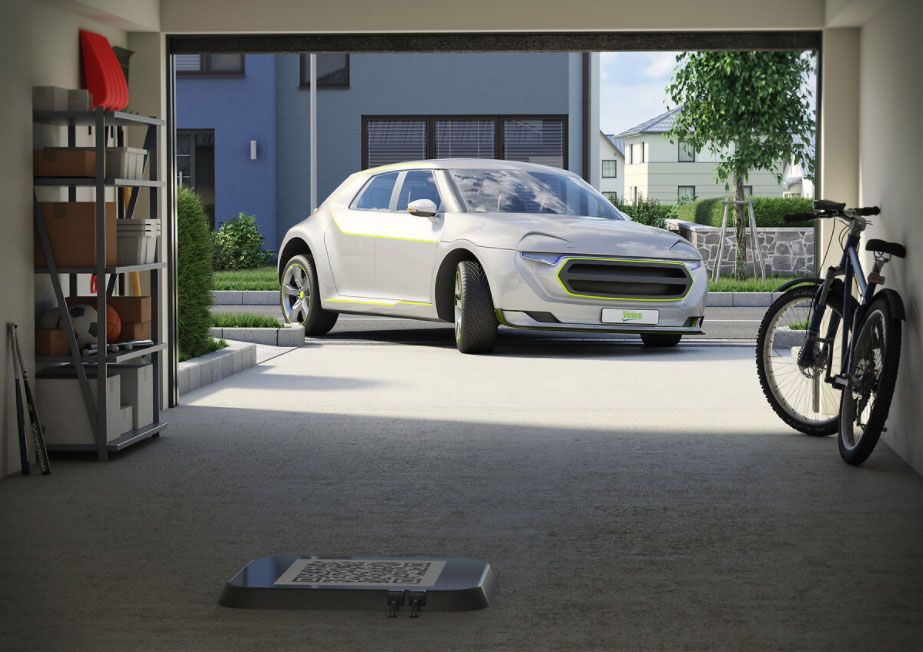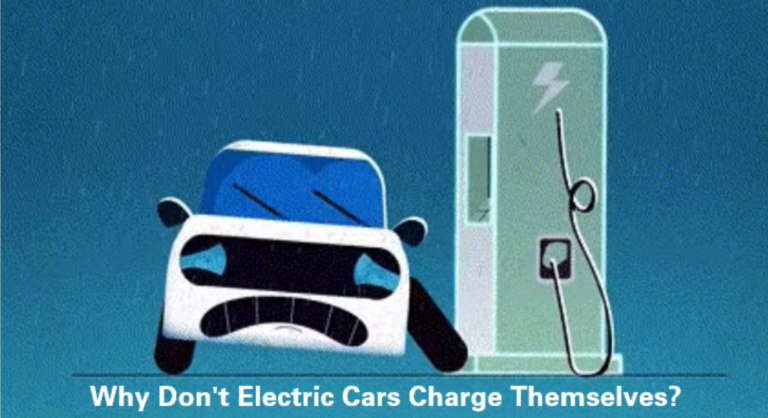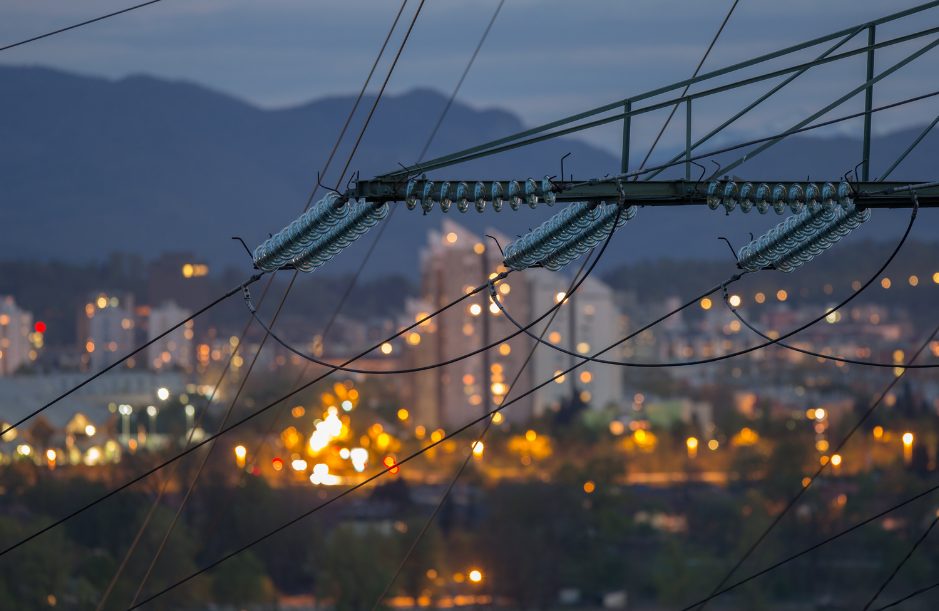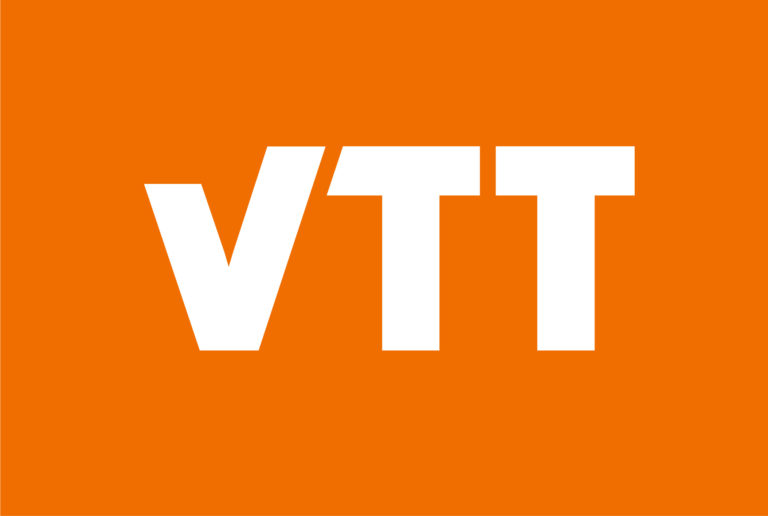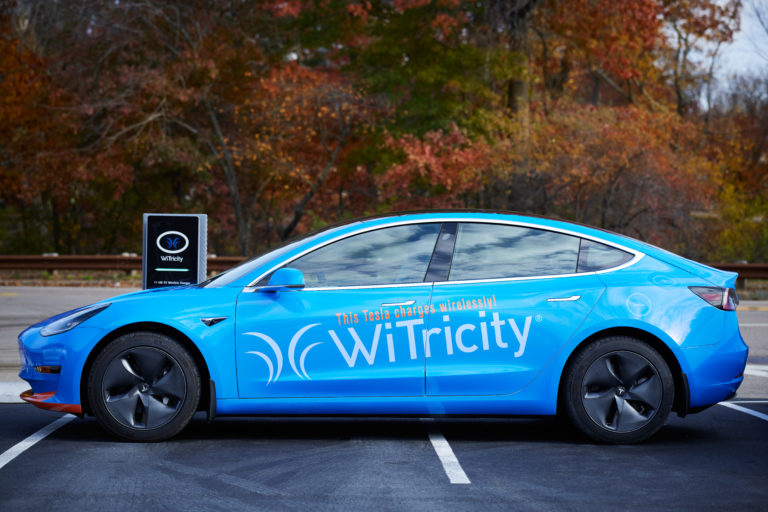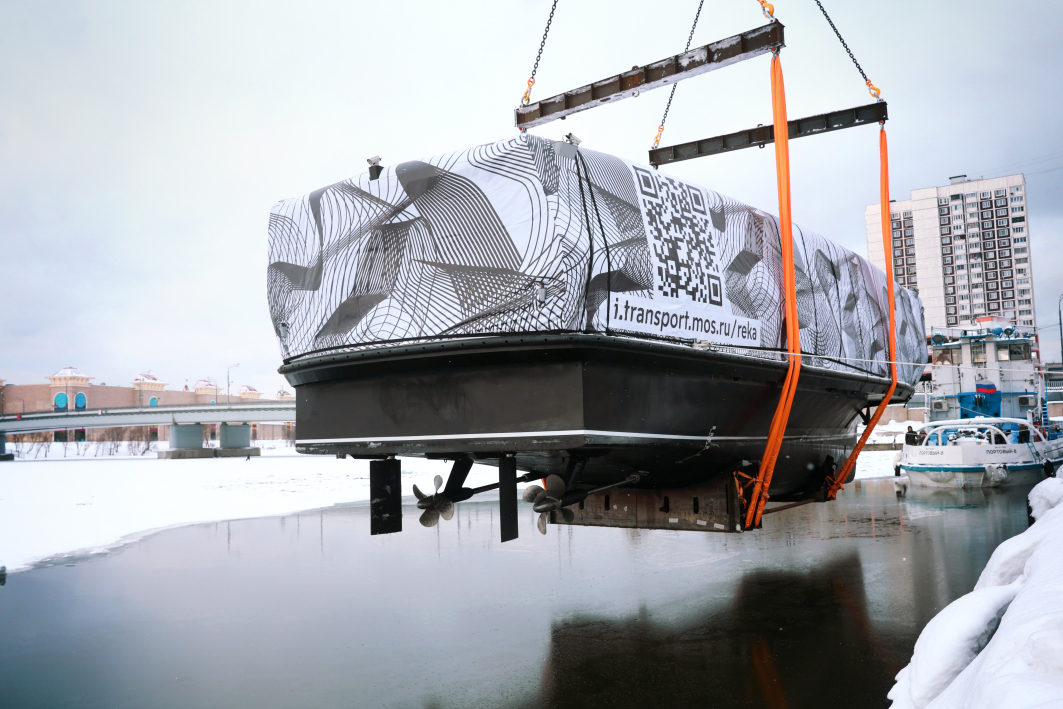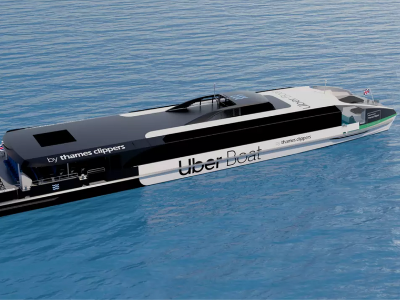Electric Ships Need Wireless Charging
- By Eric Cohen, Marketing Manager at WiTricity
With all the recent articles, podcasts, and social media posts about wireless charging for electric vehicles, it’s exciting to see wireless charging used in other applications. As we discussed in a recent blog post about how wireless charging is being used to fuel industrial applications, wireless is proving to be the charging method of choice!
Late last year, we posted a story about WiTricity’s licensee, DAIHEN, a Japanese electrical infrastructure company that is one of WiTricity’s licensees. DAIHEN is now co-developing a large-capacity wireless charging system with Kansai Electric Power Co., Inc. and e5 Lab Co., Ltd. to promote the development and popularization of electric propulsion vessels in the Kansai Bay area. This is a first effort to further enhancing the momentum of “electricity of ships” toward the 2025 Osaka/Kansai Expo. The Expo is a forthcoming World Expo that will take place for six months in 2025 and have an expected 28 million visitors.
In October 2020, Japanese Prime Minister Suga declared that by 2050, Japan aims to reduce greenhouse gas emissions to net-zero. Furthermore, in November last year, the Japanese House of Representatives and the House of Councillors declared a climate emergency, indicating that tackling climate change is not a partisan issue; this means that Japan’s climate policies are unwavering regardless of who holds power.
Japan’s shipping industry is grappling with a number of challenges, including the need to curb greenhouse gas emissions, resolve labor shortages, and identify ways to effectively harness autonomous shipping technologies to promote safe, reliable, and efficient operations. As Japan moves toward a carbon-free society in 2050, efforts toward electrification of “water mobility” (such as coastal vessels) are paramount. These vessels are responsible for approximately 40% of domestic logistics. As mentioned previously, Tokyo-headquartered e5 Lab, Inc. has created the e5 Tanker—the first fully electric oil tanker. The ship will include a high level of automation and will be charged using wind and solar energy to further reduce emissions that would be incurred in charging the ship. It will also be charged with DAIHEN’s high-power wireless power transfer system.
To electrify water mobility, large-capacity charging on the water (pier) is required, but there are unique problems, including salt damage caused by seawater and difficulty in plug-in method due to shaking caused by waves and swells. As a result, wireless charging is the only method of charging that meets the requirements and works in this environment. Demonstration of this new use of wireless charging – between ship and land – will be the first of its kind in Japan. For more details on dockside wireless charging – and other methods – be sure to check out the DAIHEN case study.
This article was originally published by WiTricity Corporation.



